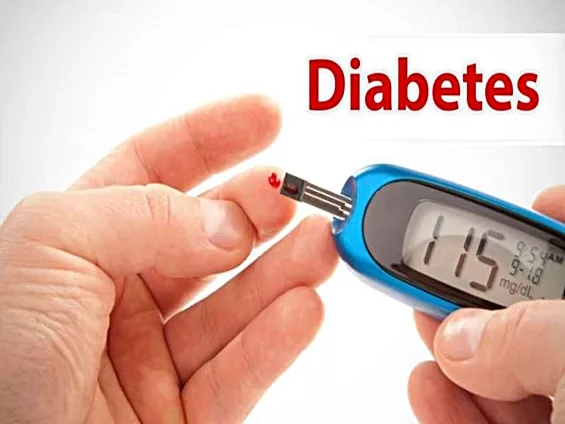I’ve asked several diabetics what type of diabetes they have: Type 1 or Type 2. The common answer I get is “I don’t know. I just know I’m diabetic, and I take Metformin and other medications to regulate my blood sugar. Some are already injecting insulin.
I’ve been reading about the two types of diabetes for a while now because they often appear on my newsfeed when I search on Google. They also come up on my Facebook newsfeed because one of the topics I selected in a survey was about Health.
In this article, we will shed light on the characteristics of the four levels of diabetes to help those with the condition understand which state of diabetes they are in. This will provide them with guidance on how to fight it or maintain the correct sugar level.
There are four levels of having high blood sugar associated with diabetes. After reading this article, you will have an idea of which level of diabetes you belong to.
- Prediabetes: Blood sugar levels are higher than normal but have not yet reached Type 1 or Type 2 levels. The blood sugar level ranges from 100 to 125 mg/dL (5.6 to 7.0 mmol/L), and the Oral Glucose Tolerance Test (OGTT) ranges from 140 to 199 mg/dL (7.8 mmol/L to 11.0 mmol/L). It is considered borderline but not yet considered diabetes. With proper care and caution, prediabetes can still be reversed.
- Type 1 Diabetes: This is a state where the pancreas can no longer produce insulin, and it is the most serious level because the body needs to inject insulin. Insulin is a hormone responsible for converting glucose from the carbohydrates we eat into energy. Since the pancreas of a Type 1 Diabetic can no longer produce insulin, it needs to inject insulin, in addition to medication to regulate blood sugar, to push glucose into the cells of our body and use it as energy. This is the most serious level of diabetes, and if not careful and treated, it can quickly lead to complications.
- Type 2 Diabetes: The pancreas can still produce insulin, although it is not sufficient to strengthen all the cells in our bodies. At this point, a Type 2 diabetic needs to take medication to regulate blood sugar. Type 2 Diabetes has a lesser risk than Type 1 Diabetes. With proper care, it can also be reversed through exercise and proper nutrition.
- Gestational Diabetes: It usually occurs in pregnant women. Their blood sugar rises during pregnancy and returns to normal after giving birth. The only reason for this, according to experts, is the hormonal changes in a woman when she becomes pregnant.
A pregnant woman should have her insulin tolerance checked at the beginning of the sixth month to take care of the condition of the baby in her womb. The common effects of a woman with gestational diabetes include the following:
- Premature birth
- The baby grows too large in the womb
- Breathing problems
- Jaundice in the baby
- The baby has calcium and glucose deficiencies.
Whatever level of diabetes a person has, always remember that diet plays an important role in our well-being. Eating the right way can heal or reduce the risk factor.









